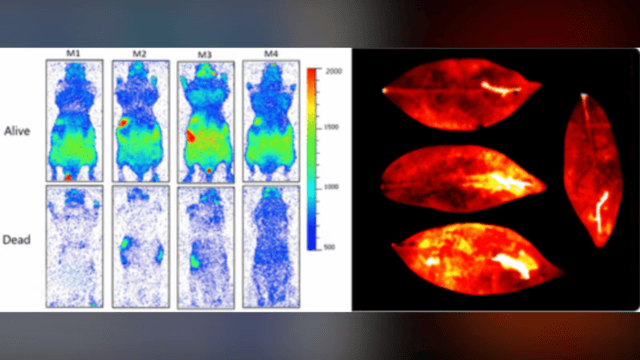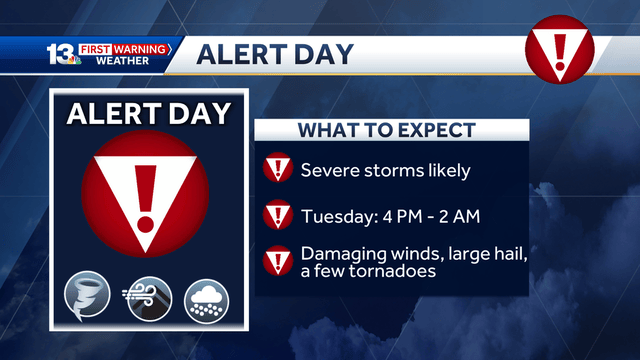
A thick cloud of smoke from a brush fire in Pacific Palisades looms over the Pacific Coast Highway in Santa Monica, California, on Tuesday. AP Photo
A fierce windstorm has sparked multiple wildfires across Southern California, creating life-threatening conditions and posing an extreme fire risk. The windstorm, expected to be one of the most destructive in over a decade, is fueling the rapid growth of fires in the region, making it more difficult for firefighters to contain the flames.
As of Tuesday morning, the Palisades Fire near Los Angeles' Pacific Palisades has already spread to 200 acres, with nearby structures now under threat. The Los Angeles Fire Department has issued mandatory evacuations for large parts of the coastal neighborhood, including some sections of the iconic Pacific Coast Highway. Emergency shelters, like the Westwood Recreation Center, have been opened to provide refuge for evacuees. As the fire continues to grow, there is increasing concern that more areas will need to be evacuated.
Meanwhile, another fire broke out near Sunset Boulevard in Hollywood Hills. Although smaller in comparison, this fire still posed a risk to the area. The two fires come amid a rare and particularly dangerous red flag warning issued for Los Angeles and Ventura counties. This is the highest fire alert level, warning of extreme fire behavior due to damaging winds and low humidity. The National Weather Service has warned that these conditions could cause new fires to rapidly grow and become uncontrollable.
The power situation in Southern California is also a growing concern. Due to the high risk of fire, Southern California Edison, the area's utility provider, has warned that it may have to shut off power to more than 400,000 customers in the coming days to prevent damaged infrastructure from sparking fires. Power outages are expected to be widespread as strong winds disrupt the region’s electrical grid.
Meteorologists are predicting the windstorm will be particularly intense, with gusts reaching hurricane-force speeds. Wind gusts between 50 and 80 mph are expected to affect lower elevation areas like Los Angeles and Ventura counties, while gusts up to 100 mph are anticipated in higher elevations. These winds, along with dry vegetation caused by drought conditions, are making the situation even more hazardous. The region has been dealing with worsening dryness since late summer, and while it typically experiences wet weather during this time, the lack of rain has left the landscape highly susceptible to fires.
The National Weather Service has warned that these winds will continue to grow in intensity, with power lines and trees likely to be toppled. The combination of extreme winds and dry conditions is expected to make firefighting efforts especially challenging. The fire season in Southern California has already seen a jump in fire activity this winter, with vegetation drier than usual, making it easier for fires to spread.
In the face of these conditions, residents are urged to stay alert and follow evacuation orders if necessary, while firefighters battle to contain the flames before they spread further. With the storm expected to continue until Thursday, the full extent of the damage remains to be seen.















